The Dutch East India Company: Bridging Worlds Through Trade and Transport of Exquisite Decorative Arts
Welcome to our historical exploration blog, where today we delve into the captivating story of the Dutch East India Company (VOC) and its pivotal role in the trade and transport of exclusive decorative arts from the East to the elite clientele of 17th - 18th-century Europe.
The Rise of the VOC
Founded in 1602, the Dutch East India Company, or Vereenigde Oostindische Compagnie (VOC), was a powerful state-backed trading corporation. It was the first company to issue stock and arguably the worlds first multinational corporation. The VOC's primary aim was to profit from the lucrative spice trade, but its influence rapidly extended far beyond.
A Gateway to Eastern Treasures
The 18th century witnessed the VOC at the height of its powers, with a formidable naval fleet and strategic trading posts stretching from the Cape of Good Hope to the far reaches of the Indonesian archipelago. This network established the VOC as a principal conduit for the transport of exclusive decorative arts from the East to Europe.
Exotic Goods for the European Elite
The goods traded were diverse and exotic, catering to the insatiable appetite of Europes elite for Oriental luxury. These included fine porcelain from China, intricately woven textiles from India, exotic spices from the Indonesian islands, and exquisite lacquerware and silks from Japan. The VOC not only transported these goods but also influenced their design, often requesting specific styles or motifs to appeal to European tastes.

Influence on European Decorative Arts
The influx of Eastern decorative arts had a profound impact on European design sensibilities. Chinoiserie, a style inspired by Chinese artistic influences, became wildly popular in Europe, evident in everything from wallpaper to ceramics. Similarly, Indian textiles influenced European fashion, while Japanese lacquerware inspired a whole new range of furniture and decorative items.
A Complex Legacy
However, the story of the VOC is not just one of trade and cultural exchange. It's a narrative intertwined with colonialism, exploitation, and the harsh realities of maritime trade in the age of sail. The VOCs pursuit of profit often came at a significant human cost, both among its workforce and within the societies it interacted with.
Preservation and Study Today
Today, the legacy of the VOC can be seen in museums across Europe and Asia, with collections of the decorative arts once transported on its ships. These artifacts are not just beautiful objects; they are historical documents that speak to a time of global exploration, cultural exchange, and the complex dynamics of early multinational trade.
Concluding Thoughts
In conclusion, the Dutch East India Company played a monumental role in shaping the trade and transport of decorative arts in the 18th century. Its influence on European decorative tastes was profound, introducing a variety of exotic styles and materials that were eagerly embraced by the elite. Yet, as we admire these beautiful objects, it's essential to remember the broader historical context in which they were collected and traded. The VOC's story is a reminder of the interwoven nature of beauty, commerce, and power in our shared global history.
Thank you for joining us on this journey through time. Stay tuned for more posts exploring the intricate tapestry of our past.




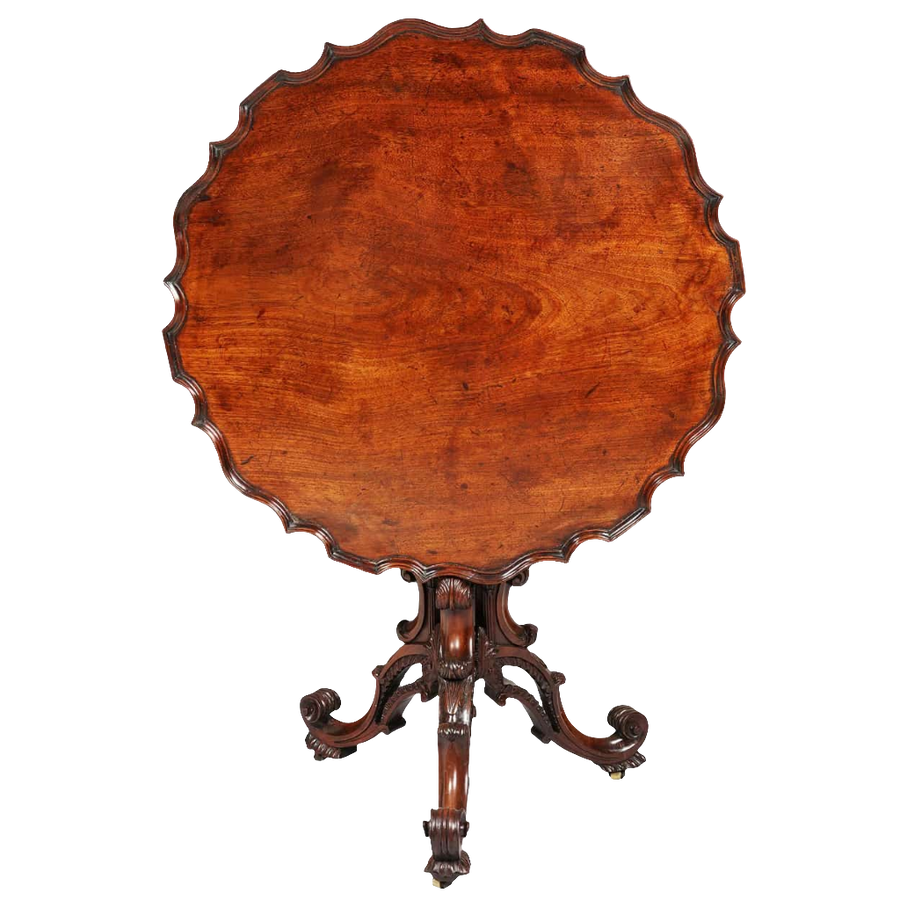
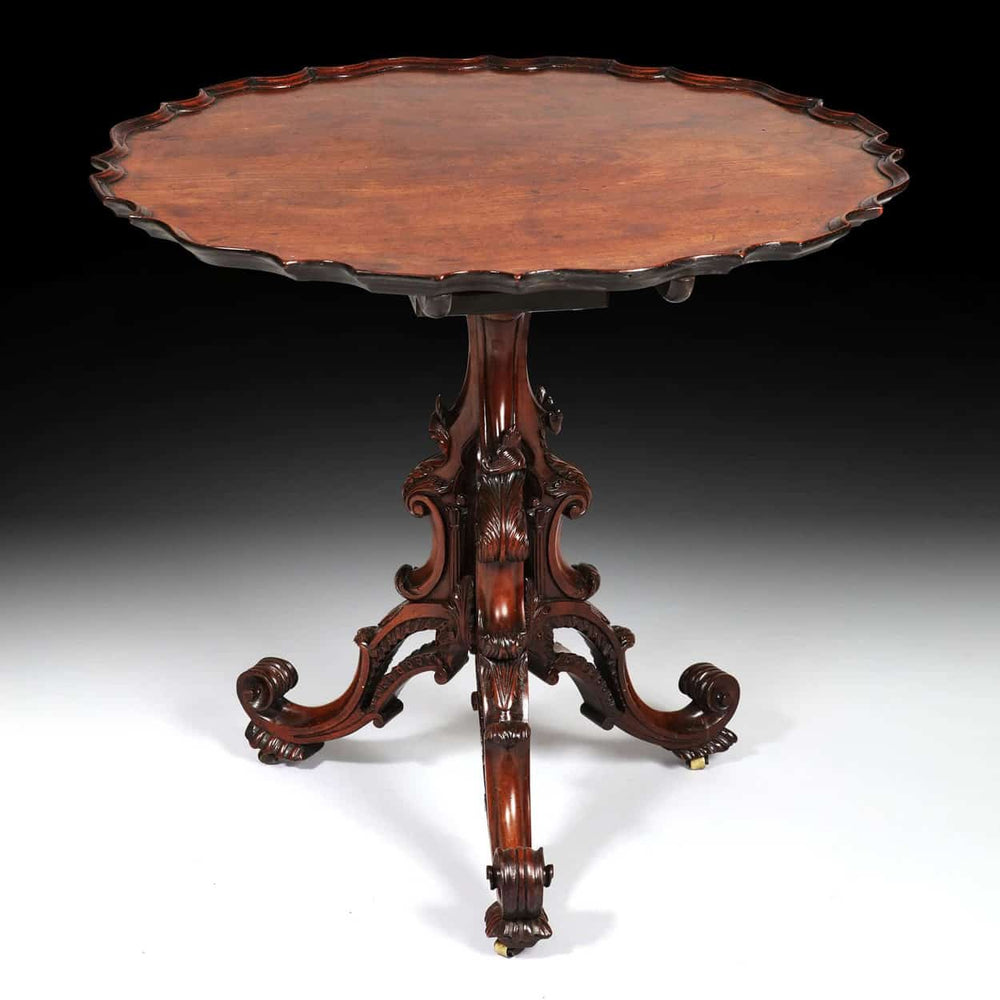
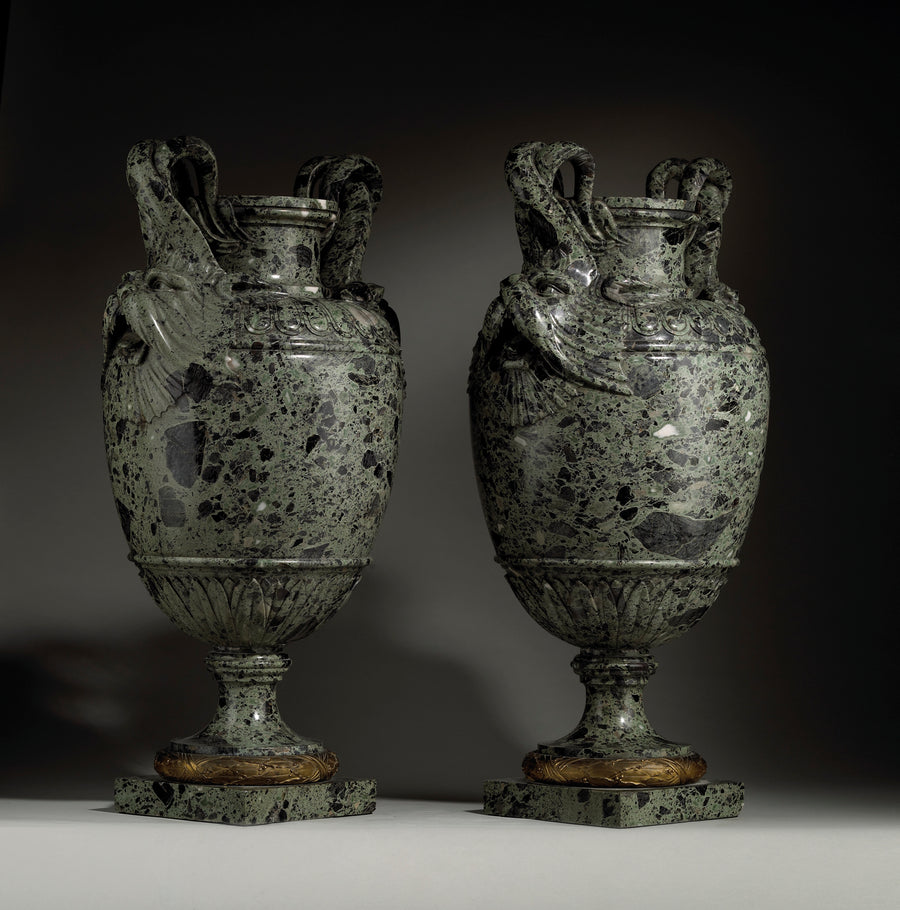
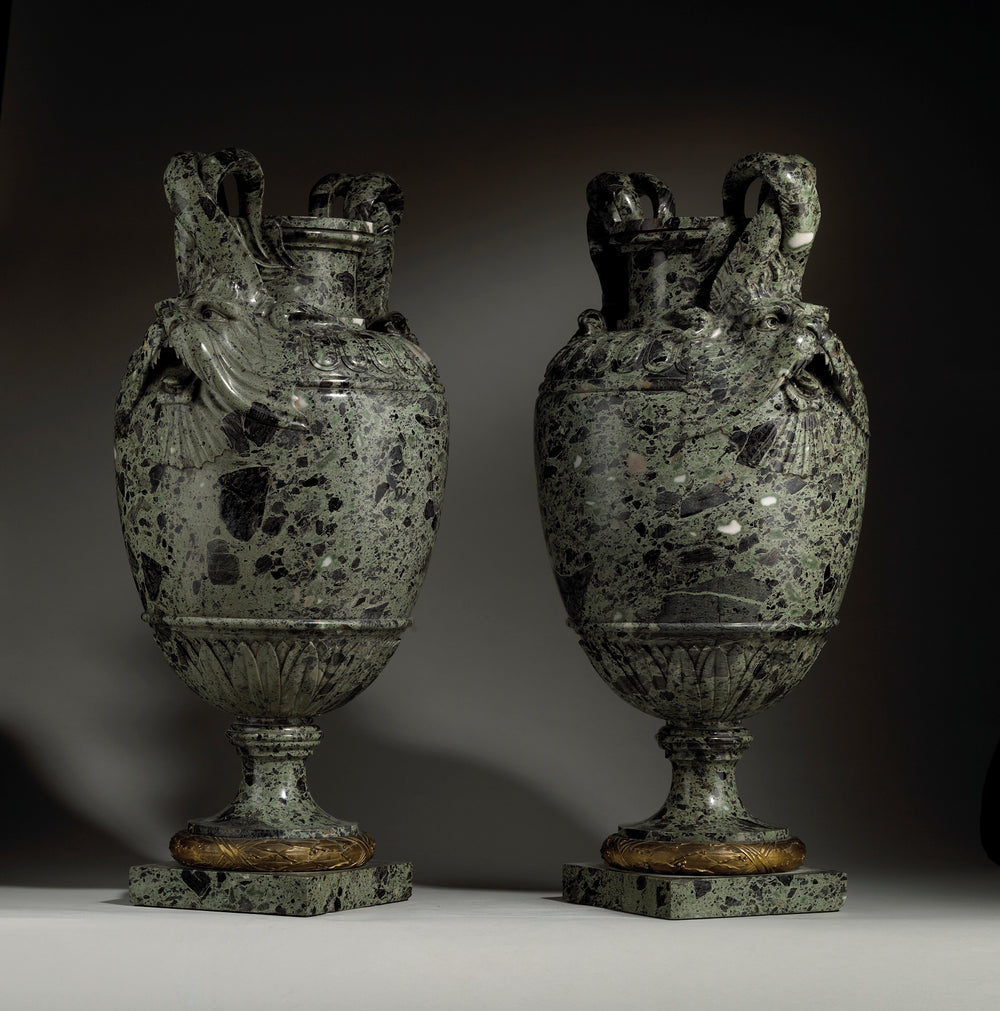

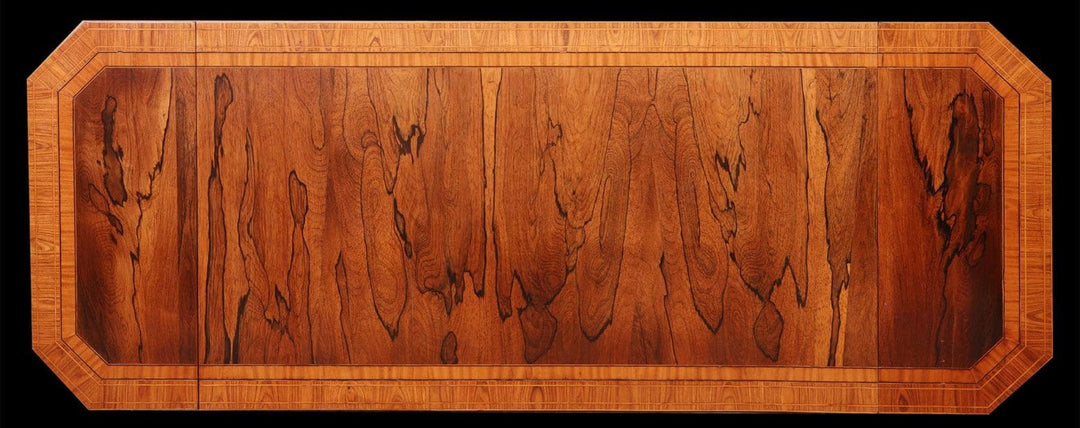


Leave a comment